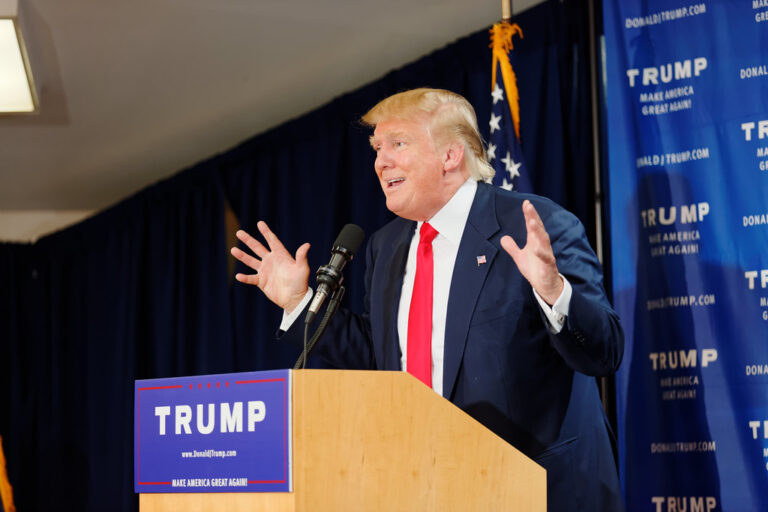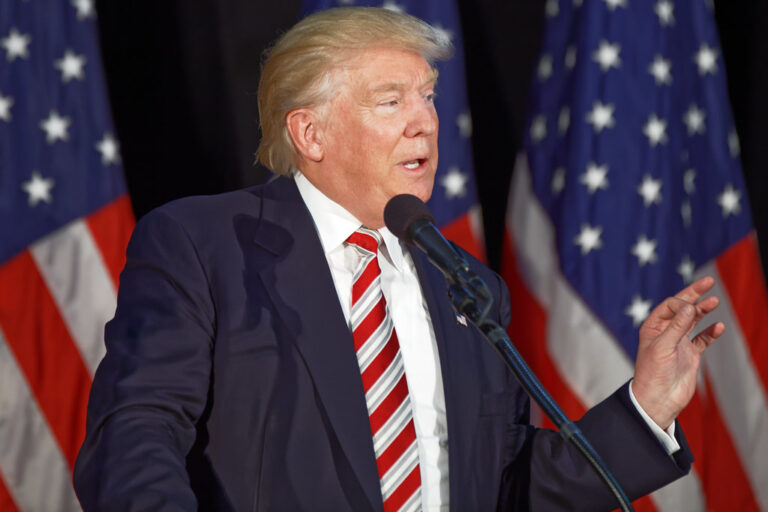Key Takeaways:
- President Trump will sign an executive order making English the official U.S. language on Friday.
- Federal agencies will no longer need to provide services in other languages.
- The U.S. has never had an official language in its nearly 250-year history.
In a Historic Move, English Becomes America’s Official Language
President Donald Trump is set to sign an executive order on Friday that will officially declare English as the United States’ national language. This decision marks a significant shift in the country’s approach to language, which has historically embraced multilingualism.
What the Executive Order Entails
The new executive order will have two main parts:
- It will officially make English the national language of the U.S.
- It will remove the requirement for federal agencies to provide services in languages other than English.
This means that government agencies will no longer have to offer documents, services, or support in other languages, potentially affecting non-English speakers seeking government assistance.
A New Chapter for America
The United States, with its rich history of immigration, has never had an official language. This new policy reflects a shift towards a more centralized approach to language, a concept familiar in many other countries.
What’s Changing Now
Currently, federal agencies provide various services in multiple languages to accommodate the diverse population. Examples include bilingual ballots and multilingual documents. The new order will end this practice, impacting many who rely on these services.
Reactions and Implications
Supporters argue that the order will unify the country and simplify government operations. They believe English proficiency is key for integration and success.
Critics, however, raise concerns about its impact on minorities and immigrants who may struggle with English. They argue it could lead to exclusion and limit access to essential services.
Potential challenges include legal battles and operational changes within government agencies. Public opinion is divided, with some seeing it as a move to preserve American culture, while others view it as exclusionary.
What’s Next
The order’s implementation will likely face legal challenges from civil rights groups and language access advocates. They may argue it violates rights or limits service access.
States may respond by implementing their own language policies, creating a patchwork of language access across the country.
Conclusion
President Trump’s executive order making English the official language of the U.S. is a momentous decision with broad implications. It creates a future where English is central to government functions and public life. Supporters see it as unifying and practical, while critics worry about exclusion. This move sets a new direction for the United States, one that will likely shape the nation’s identity for years to come.








